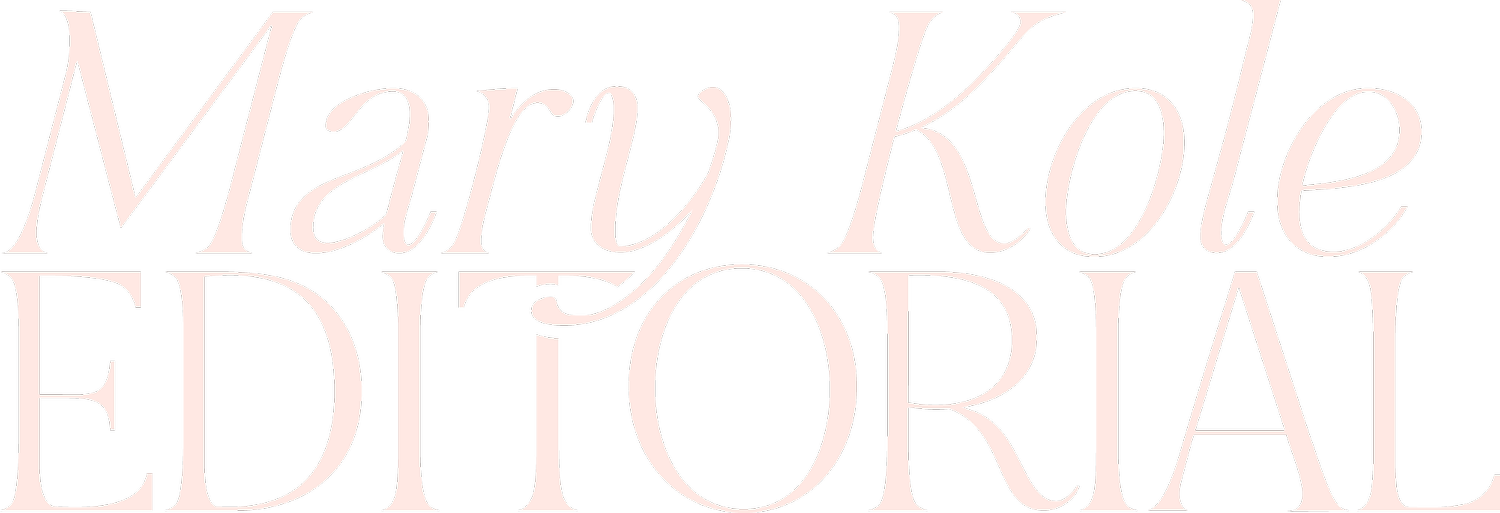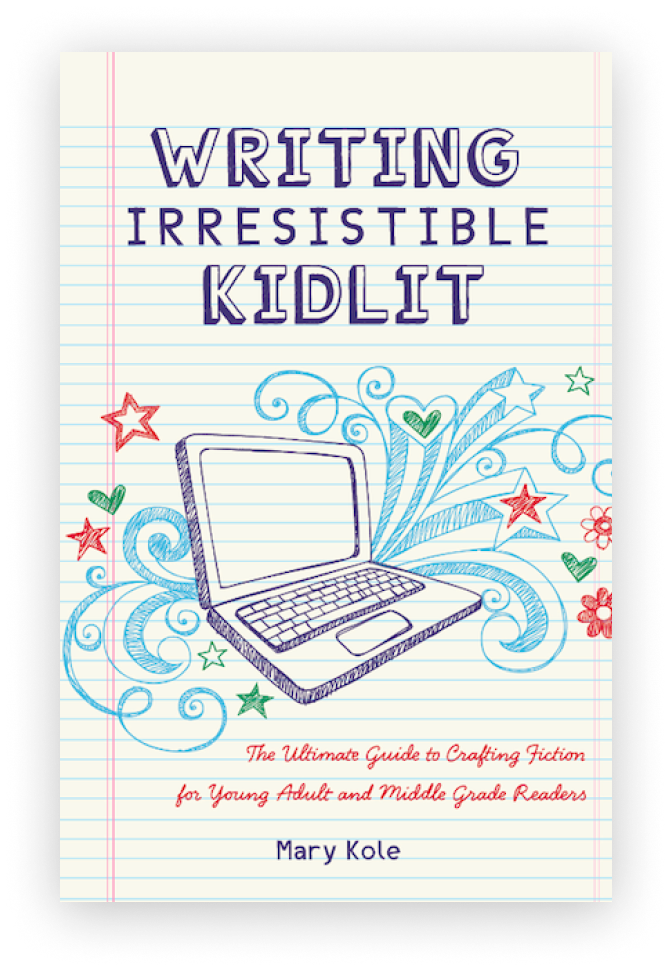Brainstorming for Creative Writers
By Mary Kole
Mary Kole is a former literary agent, freelance editor, writing teacher, author of Writing Irresistible Kidlit, and IP developer for major publishers, with over a decade in the publishing industry.
Brainstorming is the magic ingredient that separates a merely okay story idea from a great one. As an aspiring writer, you should work to improve your brainstorming techniques and other writing tools to elevate your creative process and reach your full potential. The process of brainstorming can be overwhelming, which is why I’ve put together this article to walk you through every step of the way. From the importance of brainstorming to tips for troubleshooting issues like writer's block, I’ve got you covered. So, let's dive into the world of brainstorming!
The Role of Brainstorming in Fiction
The role of brainstorming in fiction writing cannot be overstated. Brainstorming serves as the foundation for any good story, giving writers the opportunity to explore concepts and ideas until a clear premise emerges. Think of brainstorming as a playground. It's a space where ideas can be experimented with, molded, and refined until they take shape. However, writers shouldn't get too attached to an idea during the brainstorming stage because there's a high probability that some ideas will need to be reworked or scrapped altogether.
How to Approach Brainstorming a Novel
Before you start brainstorming, it's important to understand the process of writing a novel. This includes understanding story structure, the elements of fiction writing (like character development, plot, conflict, world-building, and theme), and the genre conventions that your target audience may expect. Familiarizing yourself with these elements will help guide your brainstorming process, and keep you on track towards a well-crafted story. You will want to consider taking the plotter approach and doing a novel outline to organize your ideas. This is working smarter, not harder, when it comes time to write your first draft.
Tools You Will Want to Use in Brainstorming
The tools you use during brainstorming will greatly impact the effectiveness of your process. Every writer is different, but some tools that come in handy include journals, mind maps, index cards, inspiration boards, and writing prompts. Journals, in particular, can be beneficial to brainstorming because they allow you to jot down ideas as they come to you. Mind maps, on the other hand, enable you to chart your thoughts and visually organize them. And index cards allow you to create a tactile system of elements that can be physically rearranged to determine the character arc and plot arc notions that you’re working with.
Brainstorming Steps
The steps to brainstorming include setting the goal or question, researching, generating ideas, organizing those ideas, and finally, developing a plan of action. It is crucial to take time to research before you start brainstorming. Researching before the brainstorming stage will give you a starting point and key information of what you want to focus on. Will you be writing from lived experience or do you need to do deep research into your world, setting, time period, or character? The goal or question will guide your research and every idea that follows.
Troubleshooting Common Brainstorming Issues
Writer's block can happen to anyone, and it's easy to find yourself stuck during the brainstorming process. However, there are many ways to work through it. One helpful tip is generating multiple ideas, no matter how wild they may seem. You’re not going to use everything you come up with, and that’s okay. If you develop an “easy come, easy go” attitude to various ideas, you will feel more empowered. This way, you are less likely to become attached to one particular idea. One small trick that helps is describing your project or ideas to another writer, critique partner, or developmental editor with a pitch or logline, which could open the door to new perspectives, ideas, and writing notes. Lastly, listening to music, tidying up your work area or simply changing your atmosphere can also help in jumpstarting the brainstorming process. Go for a walk or take a shower. Your back brain will keep working, even though you’re not consciously looking at a blank page.
Brainstorming is the key that unlocks the door to great storytelling. Like any skill, it takes time and practice to develop, but with the right mindset and tools in your arsenal, you’ll soon find the brainstorming process to be an enjoyable and exciting part of crafting a novel. Remember, brainstorming is just the beginning. The real work happens when you start to organize your ideas into a coherent novel structure. And finally, don't get discouraged if the story doesn't go in the direction you had initially thought. Embrace the process and the writing journey of storytelling. With these tips and tools, your next novel will be well on its way to the drafting stage.

Click here to purchase Writing Irresistible Kidlit, my book on fiction craft for MG and YA novels, out from Writer's Digest Books. This will show you my writing craft philosophy and give you lots of valuable advice, including tips for the novel revision process and self-editing. There are over 35 example novels cited and discussed throughout. It’s a valuable resource for any writer’s toolkit.
Click here to purchase Irresistible Query Letters, my book on query letters, including over forty examples with comprehensive notes on each one. There’s a ton of submission advice, best practices, and insider information in these pages, and you’ll really enjoy seeing what other writers are doing in the slush.




